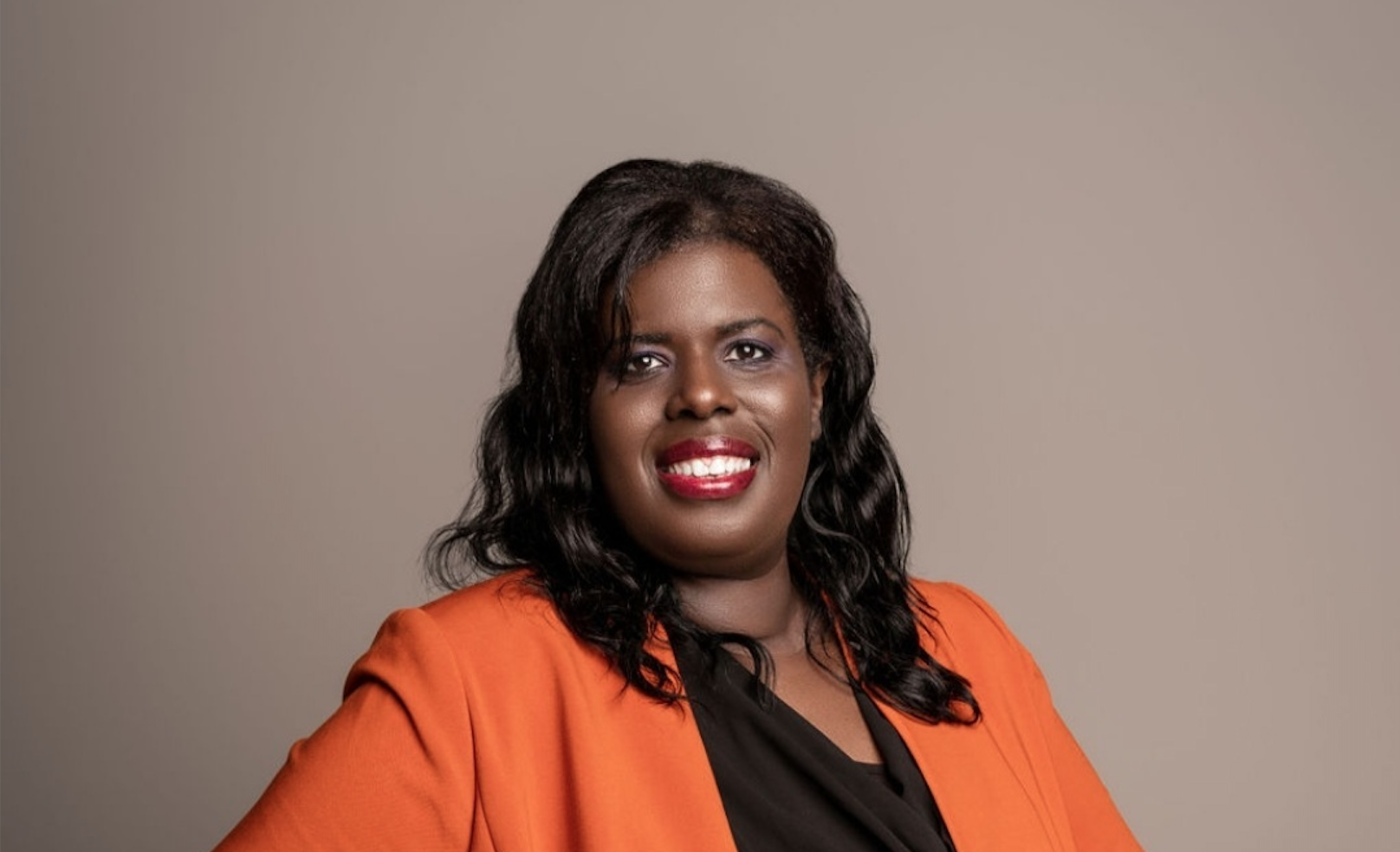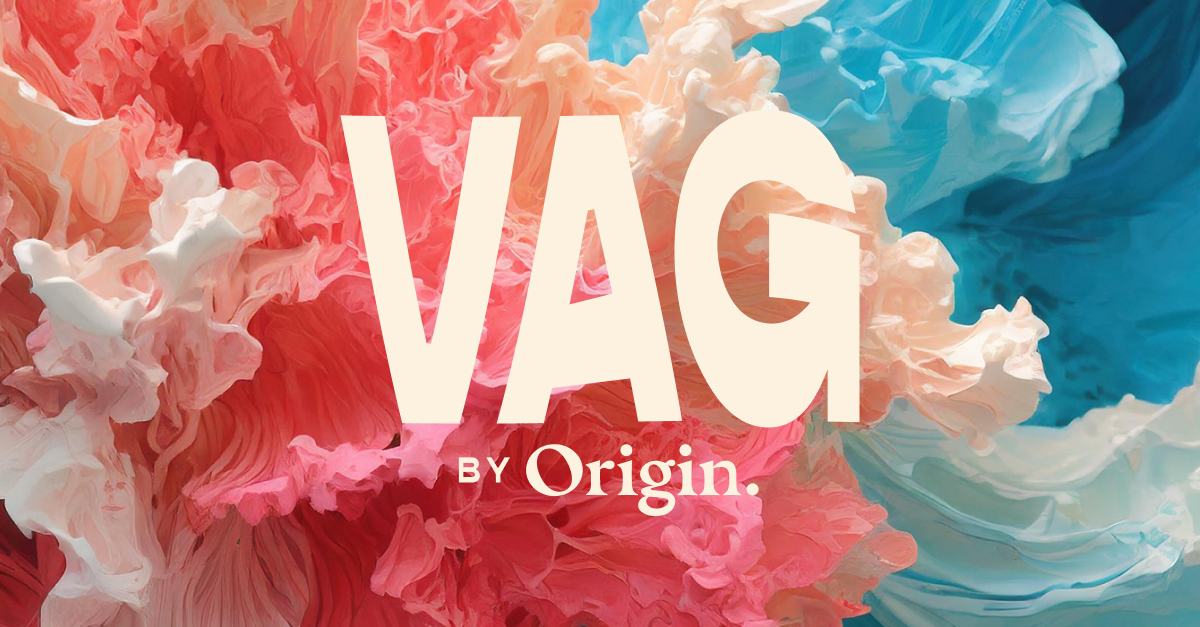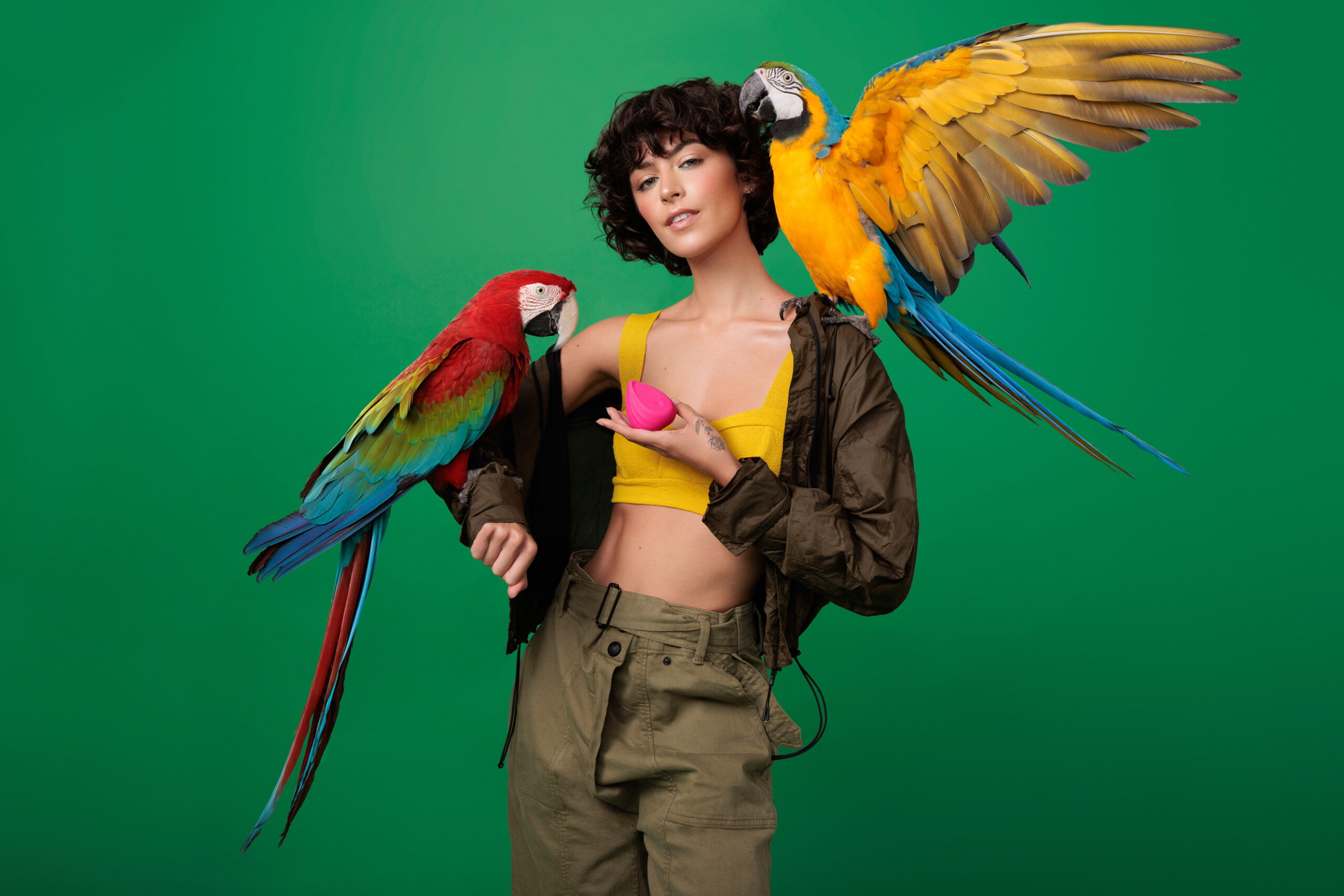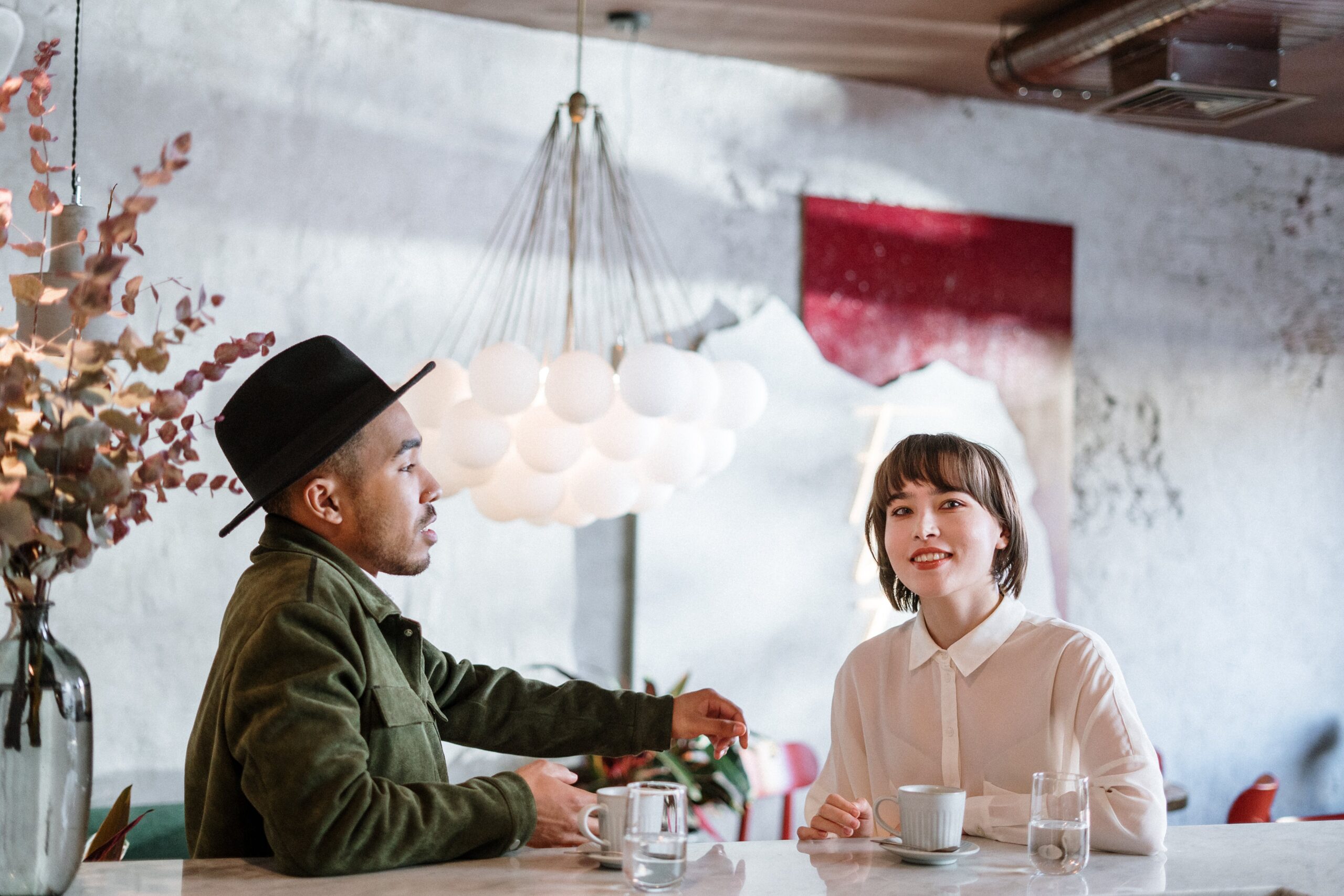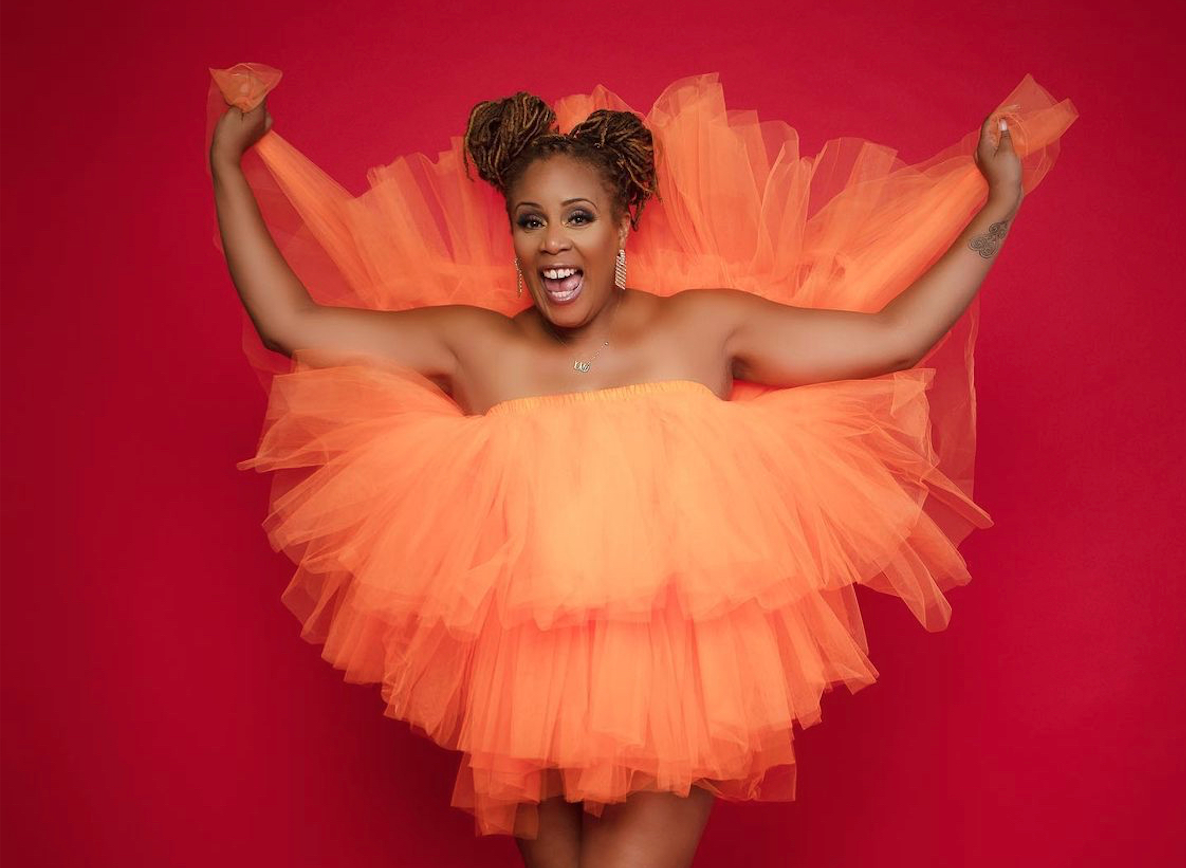
If you want to say something to immediately make people feel uncomfortable, try the word “masturbation” and see what happens. Better yet, try uploading a post on any popular social media platform using that word and watch the censorship take place in real time. We’re all familiar with the cultural taboos around this word, especially when it comes to female-identifying individuals. Women are typically conditioned not to desire pleasure, but to be the vessels that provide it for typically cis-hetero men, while cis-het men are raised with the patriarchal notion that pleasure is theirs for the taking.
But when it comes to masturbation, or self-pleasure, this is something that isn’t just enjoyed by men. In fact, according to research from Columbia University, around 91 percent of individuals who identify as men engage in self pleasure and those who identify as women come in at 78 percent.
The article also talks about how gendered expectations for women play a role in the reportedly lower numbers of women who indulge in self-pleasure, meaning that if we lived in a world where a woman pleasuring herself was entirely normal, perhaps the numbers would be closer to even. Not only is there taboo around self-pleasure, but also in talking about it openly. And while these stats are focused primarily on people within the United States, we know these taboos are globally recognized.
The pleasure industry itself has been very male-dominated from the beginning, and it is only in recent years where we are seeing more female-founded products and companies dedicated to reaching a wide range of genders, and working to dispel myths and harmful ideals around sexuality and pleasure.
One of our fave pleasure brands (you might have already seen them featured on our site!) is Biird – a female-led pleasure positive company based out of the Netherlands, reaching consumers world wide. Co-founded by pleasure industry veteran Andrea Rey who spent a decade working for major companies in the sexual health field, later applying all that knowledge and her unique vision to create Biird, the brand that pays special attention to sustainability (their commitment to plant one tree for each toy sold) and female empowerment.
Andrea and her team fully understand the need to use their brand as a way to push back against the taboos, which include an increased amount of censorship online, in advertising and on social media. In 2021 Biird launched a petition to fight ‘silent censorship’ which stigmatizes female pleasure in the media that is only becoming more and more common.
We’re all about women who disrupt markets to bring more joy (and pleasure!) to the world. So we had the chance to speak with Andrea about all things Biird, self-pleasure, and her take on the shift in seeing more female-centered pleasure brands flooding the market.

Where did your career in the pleasure industry begin, and what are some of the roles you have previously held?
I started at one of the leading sexual health companies where I saw how important it is for people to know their body. We had menstrual cups, kegel exercisers and some sex toys – that’s how it all started for me. Fast forward to the beginning of Biird, I wanted to make pleasure products that encourage people to explore their bodies and don’t look like your typical sex toy.
Can you tell us a little more about the pleasure industry as a whole – who does it cater to? Who runs it? Is it an equitable space? What are the biggest gaps in the market?
If we go 10 years back in time, it was clear that the sex toy industry was run by men. Just look at the very explicit packaging and the sometimes strange design decisions. Today, there’s much more diversity in our industry. The industry is evolving towards greater equity, with an increasing presence of female and LGBTQ+ thinkers and leaders. However, gaps remain in inclusivity, accessibility, and stigma-free representation of all sexual experiences. The biggest market gaps are often around products that genuinely cater to diverse needs and preferences, and in educational content that demystifies pleasure.
How did the idea for Biird come about, and what were some of the key aspects of the business and the products that were important to you, to make the brand stand out from the others?
The idea for Biird emerged from noticing a lack of approachable, aesthetically pleasing, and high-quality pleasure products that empower users. The depiction of pleasure was usually something very mysterious with lots of lace, gold and dark colors. Reality is that there is so much more to pleasure – it’s not always this picture-perfect scene. It can be quick, it can be messy, it can be solo or in couples,.. We want our products to be useful in all these different scenarios.
Biird products try to blur the line between pleasurable objects and decoration. Turning sex toys into something that you would traditionally hide to something you could leave more prominent in the room without attracting too much attention to itself.

Why are we seeing such an explosion of female bodied-centered pleasure brands on the market these days compared to 10 or 15 years ago?
That’s definitely a shift we’re also seeing. I believe this stems from the ever-evolving cultural changes towards embracing sexual wellness and realizing that it is an essential aspect of overall health. Sex toys used to be really a taboo, while now, many people are openly speaking about their pleasurable experiences with them and their favorite products.
This takes the pleasure product industry out of the shadows and removes the barriers to entry to working in this industry. It’s an industry I’m proud of working in as it feels like we can really make a difference.
What is the funding model like for a pleasure brand like Biird – do you seek out traditional investors or do you need to think outside the box because of the taboo and stigma around sex?
There are definitely many aspects of the business where we had to get creative but luckily funding wasn’t one of them. We’ve bootstrapped the company from very humble beginnings and self-funded all of our growth.
In 2021 you launched a campaign to end censorship around adult content on social media. These days we see so many content creators having to mask words, using terms like “seggs” instead of sex, for example, and pleasure brands having their paid promotional advertising denied by platforms. Can you give us some insight into what is currently happening with censorship and why it is happening?
We started the campaign as we noticed how hard it was to talk about sexual health on social media. Sexual educators have to tiptoe around the topic and this doesn’t help at all when you’re trying to have a serious conversation about this very important topic. At the same time, sexuality as seen through the male gaze was (and still is) much more accepted by these platforms. We’re concerned about this as this keeps on reinforcing the hyper-sexualization of society in general all while making it harder to access the educational and more “real” version of the story.
It feels like the platforms have made some steps forward but we’re still a long way off. Educational accounts still get banned and shadow banned regularly while it’s very easy to find sexualized images on those same platforms.

What are the broader implications of having educational content around pleasure being blocked or censored? What kind of message does it send, or reinforce?
Censorship of educational content around pleasure not only restricts access to valuable information but also reinforces outdated, negative perceptions about sexuality. It perpetuates the stigma and limits the ability for individuals to make informed decisions about their sexual health and happiness. We’re hearing about how the generations growing up with Instagram are struggling with their self-image and mental health which is not surprising when on a daily basis you get to see people’s most perfect sides and much less hear about “real” experiences.
What do you think it will take for our society at large to stop adhering to outdated patriarchal and puritanical notions about bodies and sexuality?
We’re slowly moving the right way so things are definitely changing. A comprehensive sexual education, widespread cultural shifts towards accepting sexual wellness as part of overall health, and the normalization of conversations around pleasure across various media and platforms would be the main pillars to drive change I believe.

How is Biird working to push for progress in the pursuit for autonomous and unapologetic pleasure?
We aim to offer inclusive, high-quality products and foster a community that celebrates sexual empowerment and education. Our collaborations with experts and influencers aim to break down barriers and encourage open discussions about sexuality and self-pleasure. Luckily we’re not alone in this. There are so many people, brands, influencers,… who are all working towards progress.
The Namii vibrator has become one of most popular items on the pleasure market. Can you tell us why customers love it so much?
If you would have said this a few years ago, I wouldn’t have believed you, haha. Sometimes it’s still surreal to think about the success Namii has had. I think this popularity comes from a mix of attributes. There’s Namii’s unconventional design, the fact that you can use it hands-free, the high quality yet still affordable price, the lamp feature,… it all adds up to what Namii is today.
What message do you have for people looking to try a Biird product for the first time, and how would you encourage them to be free from taboos and stigma around sexual pleasure?
Embrace your curiosity and desires without an open mind. If your curiosity has been sparked, follow your senses and see where it leads you. You won’t be disappointed!
You can learn more about the award-winning Biird product range HERE, and follow the brand on Instagram, Twitter and Facebook.












